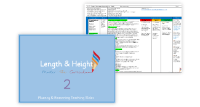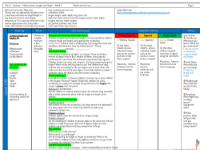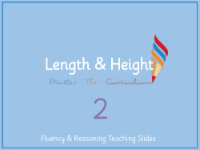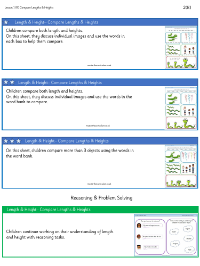Length and height - Problem solving with lengths - Presentation
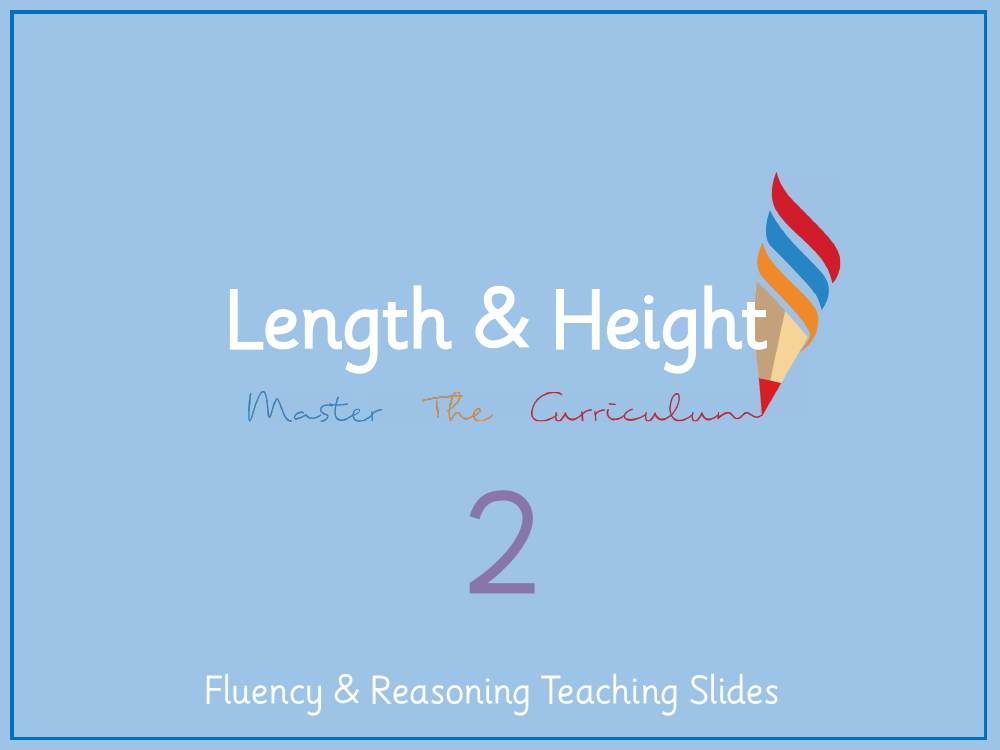
Maths Resource Description
In Lesson 9 of a series on problem solving with lengths, students are encouraged to think critically about what they observe and how to interpret measurements. The lesson begins with a discussion of key concepts such as length, height, and problem solving. Students are presented with coloured blocks and asked to notice patterns and relationships between them. For instance, they observe that two yellow blocks are the same length, each being three squares long, while a blue block is one square longer. Through these observations, students explore basic arithmetic operations such as addition and subtraction, discovering that two yellow blocks together equal six squares in length and that a yellow block plus a blue block totals seven squares. The lesson aims to develop students' analytical skills and their ability to solve problems involving lengths and heights.
As the lesson progresses, students engage in activities that deepen their understanding of measuring and comparing lengths. They are presented with a real-world problem where they have to calculate the total height of a tree and a building, given that the tree is a certain height shorter than the building. Students are encouraged to represent the problem visually, perhaps using counters or drawing a bar model. A bar model is used to illustrate the relationship between the tree's height and the building's height, helping students to find the solution by adding the known measurements. The lesson reinforces the concept of using visual models to solve mathematical problems, demonstrating how a bar model can aid in understanding the difference between two lengths. Students are then tasked with independent work to apply their problem-solving skills to similar questions, solidifying their comprehension of lengths and heights in various contexts.
